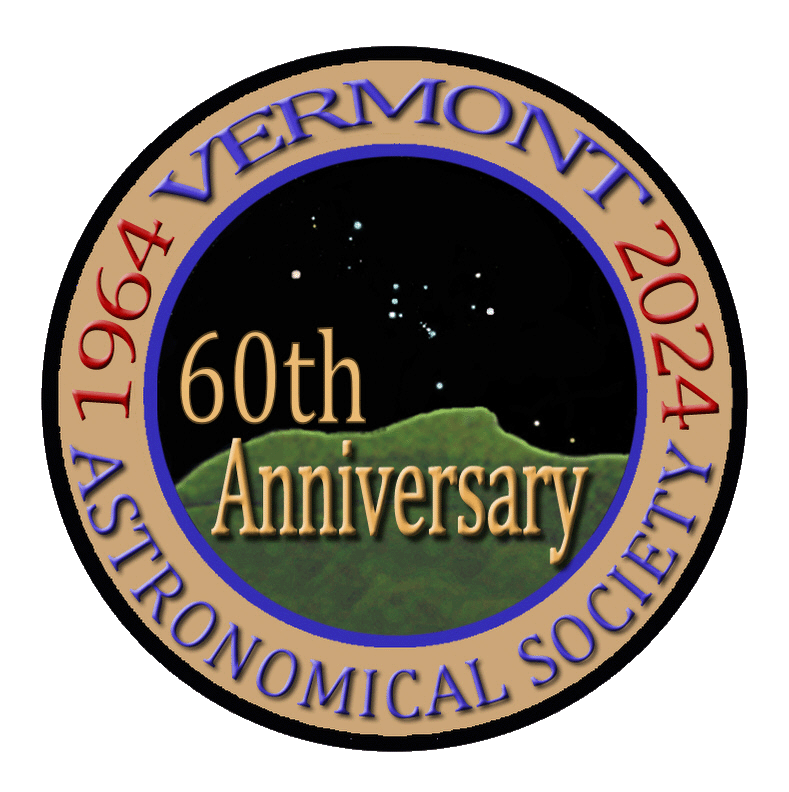Here's a nice sampling of my eclipse images. Better than what I got for the 2017 eclipse. And good considering that, though I has set my 75-300mm zoom lens to 300mm, it had other plans and zoomed itself out to 205mm.
I have images of partial phases going into and coming out the eclipse but have not included any of those here. Most of this these are in sequence of time . The first several (with file names beginning with "MVI") were created from short video clips taken out of a 34 second video that started about 7 seconds before totality. Below these are 2 images made from stacks of several still shots, the last is blend of those 2 images.
Then there are 2 wide angle shots of the eclipsed Sun, one taken by my wife with her cell phone from my observatory deck behind our house in Middlebury, VT and one from the Vermont Astronomical Society's Observatories/Observing site (I'm the person in the lower right corner of the image). Last are 2 images I took of the VAS site.
When using the Canon Rebel T7i in video mode, it's 3x "digital" zoom it is actually cropping the image by ~33% and using the center of the sensor. Because the the images from the still shots shown here are cropped 33%, the resolution of the images created from the video and the still shots are the same.
The Diamond Ring, 3 seconds before totality (2nd contact).
A stack of 10 frames from video.
Camera info: exposure time not determined, f/6.7, ISO 100, video mode, 3x "digital" zoom.
Camera info: exposure time not determined, f/6.7, ISO 100, video mode, 3x "digital" zoom.
Camera info: exposure time not determined, f/6.7, ISO 100, video mode, 3x "digital" zoom.
Camera info: exposure time not determined, f/6.7, ISO 100, video mode, 3x "digital" zoom.
Camera info: exposure time not deter, f/6.7, ISO 100, video mode, 3x "digital" zoom.
The exposure time doesn't get recorded in the video. I know at what exposure I started at but I haven't taken the time to figure out the exposure time for each segment of the video.
Camera info: exposure time not determined but is about 1/1000 sec, f/6.7, ISO 100, video mode, 3x "digital" zoom.
Camera info: exposure time not determined yet, f/6.7, ISO 100, video mode, 3x "digital" zoom.
Camera info: exposure time not determined yet, f/6.7, ISO 100, video mode, 3x "digital" zoom.
Here I switched from recording video to taking still shots.
This is a stack of 23 shots take at 3:28:02 PM, 9 seconds after mid-totality.
I darkened the disk of the Moon in this image to improve the aesthetics.
Camera settings: 205mm @ f/6.7, 1/30sec, ISO 100.
Paul-Walker-Stack_3713-35_iL1Si0w11110d0.11040_hipass4x-paint-crv-crop33-cb.jpg
Camera settings: 205mm @ f/6.7, 1/350sec, ISO 100.
Camera settings: 205mm @ f/6.7, 1/30sec and 1/350sec, ISO 100.
The eclipsed Sun and Venus were modified to better represent their visual appearance.
Great images.
Terri
Thanks. They are the same ones I sent out to the vtastronmy@list.

